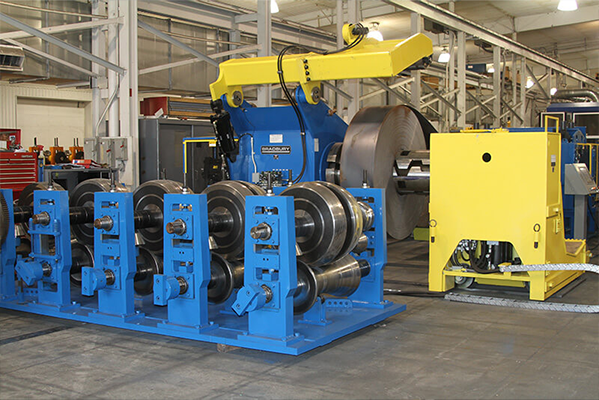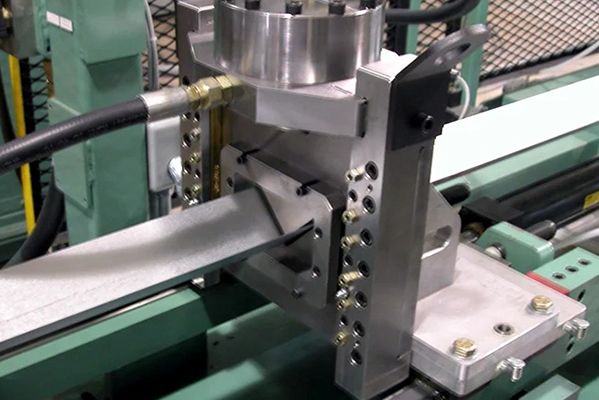Navigation Menu
Contact Us
- Email:
- info@wxavatar.com
- Address:
- Yurong Village, Yuqi Street, Huishan District, Wuxi, China.
Release Date:May 13, 2025 Visit:62 Source:Roll Forming Machine Factory
Roll forming machine dies are critical components that directly impact production efficiency and product quality. With proper maintenance and operational adjustments, the lifespan of these dies can be significantly prolonged, reducing downtime and replacement costs. This article explores practical strategies to enhance die durability without compromising performance.
Optimal Material Selection and Heat Treatment
The longevity of roll forming dies begins with material choice. High-quality alloy steels, such as D2 or A2 tool steel, offer superior wear resistance compared to standard carbon steels. Proper heat treatment, including hardening and tempering, further enhances die durability by improving hardness while maintaining toughness. Precision grinding and surface finishing reduce friction during operation, minimizing premature wear.

Lubrication and Wear Reduction
Effective lubrication is essential to minimize friction between the dies and the metal strip. Using high-viscosity lubricants designed for metal forming applications helps reduce abrasive wear. Regular application intervals should be maintained based on production volume and material type. Additionally, periodic inspection of lubrication systems ensures consistent coverage, preventing dry spots that accelerate die degradation.
Proper Machine Alignment and Calibration
Misalignment in roll forming machines increases uneven stress on dies, leading to premature failure. Regular calibration of the forming stations ensures that each die set operates within specified tolerances. Monitoring roll gaps and adjusting them as needed prevents excessive force on specific sections of the dies. Implementing laser alignment tools can enhance precision and extend die life.
Controlled Operating Parameters
Excessive forming speeds or improper feed rates contribute to accelerated die wear. Optimizing machine settings based on material thickness and hardness reduces unnecessary strain on the dies. Incremental adjustments to forming pressure and roll speeds can balance production efficiency with die preservation. Operators should follow manufacturer-recommended parameters to avoid overloading the tooling.
Routine Inspection and Maintenance
Scheduled inspections allow for early detection of wear patterns, cracks, or surface damage. Minor issues, such as edge chipping, can often be repaired through regrinding or polishing before they escalate. Establishing a preventive maintenance program ensures consistent die performance and avoids unexpected breakdowns. Cleaning dies after production runs prevents material buildup that can affect forming accuracy.
Proper Storage and Handling
When not in use, dies should be stored in a controlled environment to prevent rust and corrosion. Protective coatings or desiccant packs can help maintain surface integrity. Handling dies with care during installation and removal reduces the risk of accidental damage. Proper storage racks or cases prevent contact between dies, minimizing scratches and dents.

Conclusion
By implementing these strategies, manufacturers can extend the operational life of roll forming machine dies, improving cost efficiency and production stability. Attention to material quality, lubrication, alignment, and maintenance plays a crucial role in maximizing die performance. A proactive approach to die care ensures consistent product quality while reducing long-term tooling expenses.